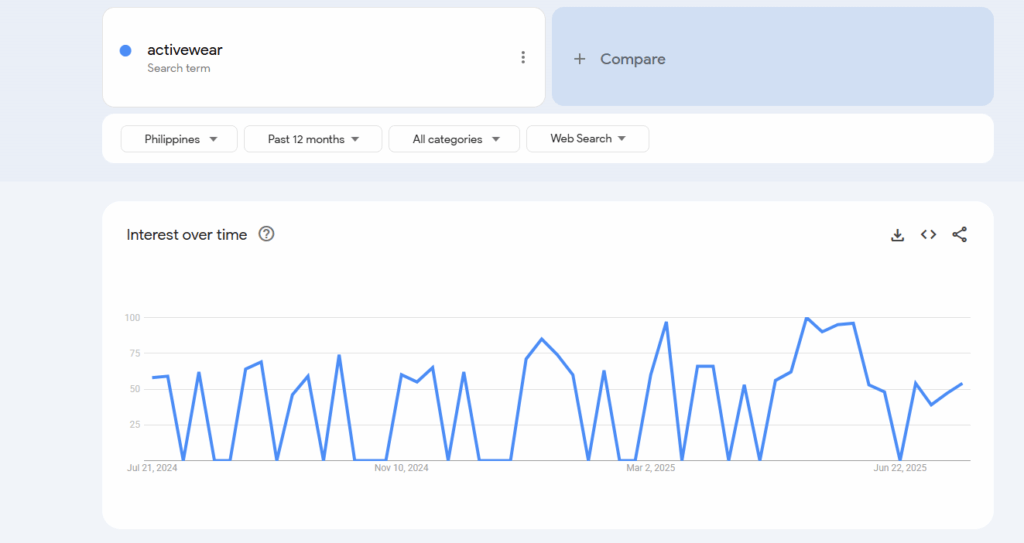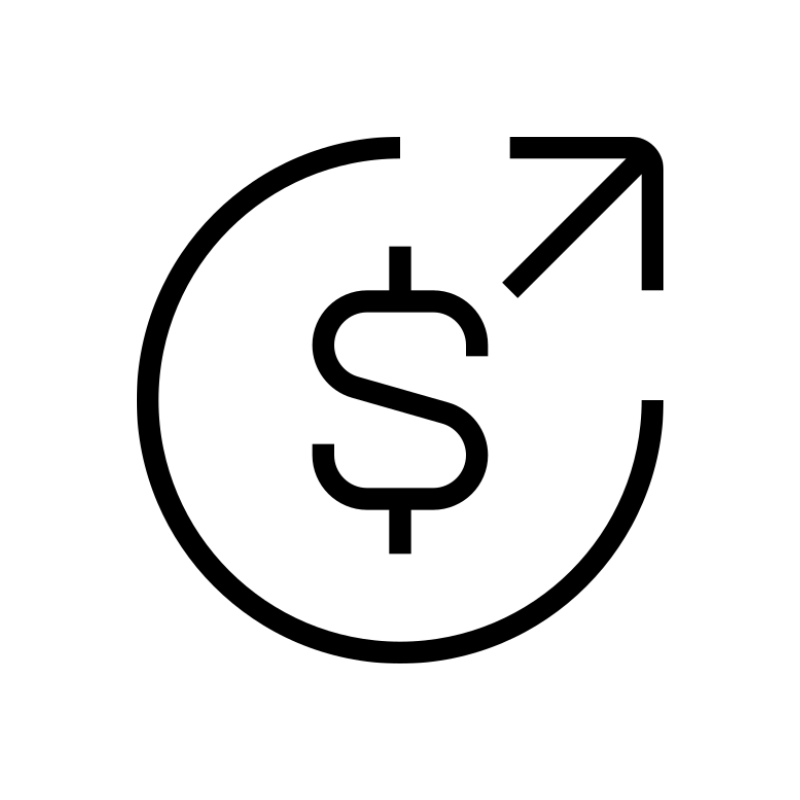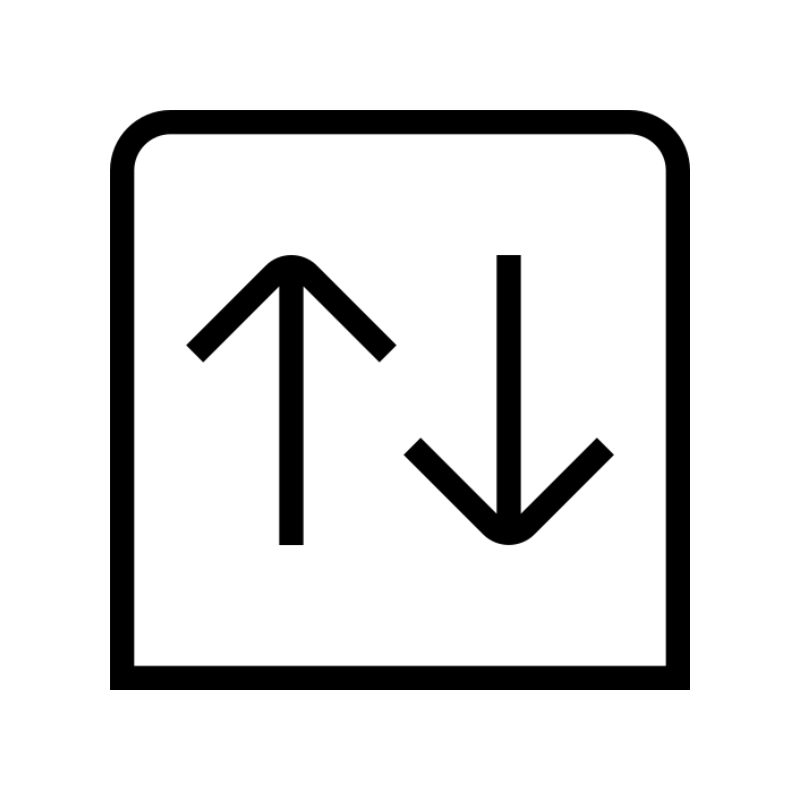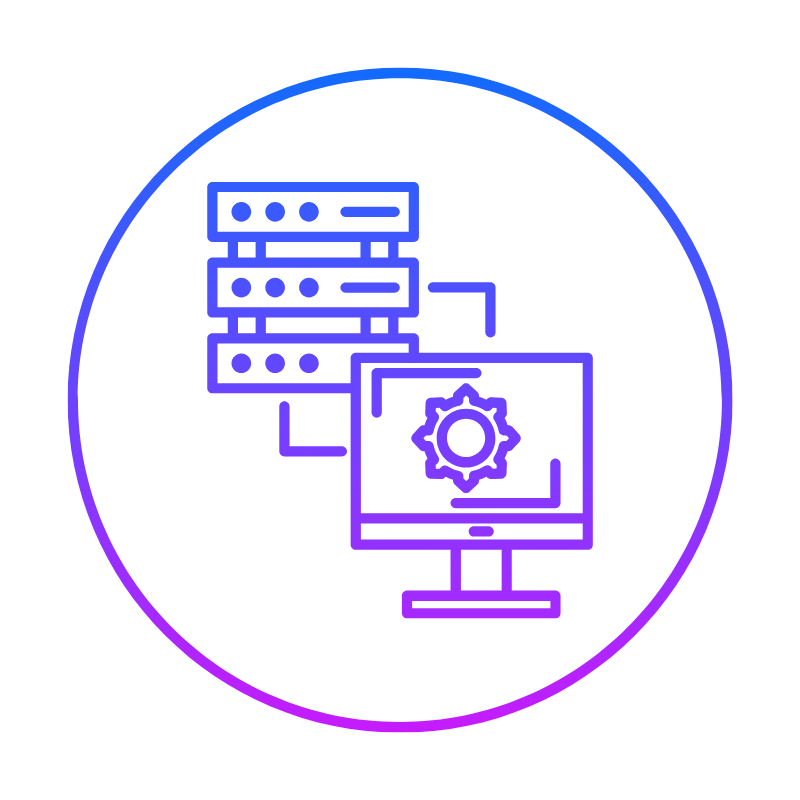You are sitting there, scrolling, wondering if dropshipping in the Philippines is a goldmine or a trap.
Can you make real money without sinking your savings?
Will you get stuck competing with giants like Lazada or Shopee?
I get it. Starting an online business feels like a gamble, especially in a market like the Philippines where everyone’s pinching pesos.
This isn’t some hyped-up “get rich quick” spiel.
I’m breaking it down, raw and real, with data, stories, and actionable steps.
By the end, you will know if dropshipping is worth your time and how to make it work.
Why Truehost.ph Is Your Dropshipping Launchpad
Before we answer your question about dropshipping in the Philippines, let’s talk about getting your business online fast and cheap.
Your dropshipping store needs a home—a domain name that screams “I’m legit.”
Truehost.ph offers the cheapest domain registration in the Philippines, starting at just ₱350/year.
Grab a .ph or .com.ph domain to build trust with Filipino customers.
It’s like renting a prime storefront in Divisoria for pennies.
Head to Truehost.ph to lock in your domain and kickstart your hustle.
A local domain ties directly to your dropshipping success—more on that later.
The Philippine E-Commerce Boom: Why Dropshipping Makes Sense
The Philippines is on fire for online shopping.
Statista says the e-commerce market will hit $15.51 billion in 2024, growing to $29.57 billion by 2029.
That is a 13.78% growth rate every year.
Filipinos are young, tech-savvy, and glued to their phones.
Dropshipping fits this vibe perfectly—no warehouse, no inventory, just you selling what people want.
But here’s the catch: profit margins can be tight, and competition is brutal.
Let’s unpack if it is worth it.
The Profit Potential: Can You Make Bank?
Dropshipping profitability in the Philippines isn’t a fairy tale, but it is not a slam dunk either.
So don’t get it twisted, yet🤣.
Shopify says earnings can range from a few thousand pesos to $100,000 a year.
It depends on your niche, suppliers, and hustle.
For example, a thermos costs $9 to source and sells for $21, netting you $12 per sale.
Sounds sweet, but if your supplier’s shipping is slow or your ads flop, you’re toast.
Here is a real story: Michael runs TechDeals2u, a dropshipping store selling phone accessories. He made $3,000 in profit last month but struggled to compete with Lazada’s low prices.
The key? He targeted a niche—eco-friendly phone cases—and used Instagram ads to stand out.
Dropshipping Profit Margins Breakdown
- Low margins are normal: Expect 10-35% net profit per sale. For $1,500 in sales, that’s $150-$525 profit.
- High-volume wins: Selling 100 thermoses at $12 profit each is $1,200. Scale that to 1,000, and you’re at $12,000.
- Hidden costs hurt: Shipping, platform fees (like Lazada’s commission), and ads eat into your take-home.
- Niche is king: Unique products like T-shirts with Pinoy designs or budget smartphones sell better than generic stuff.
Challenges of Dropshipping in the Philippines
Don’t drink the influencer Kool-Aid about “easy money.”
Dropshipping here has real hurdles.
Filipino shoppers are price-sensitive, and platforms like Lazada flood the market with cheap goods.
Plus, you are at the mercy of suppliers for quality and shipping speed.
Lisa’s store, GiftME, got slammed with bad reviews because her supplier sent faulty oil diffusers.
She had to eat the refunds, and her rep took a hit.
Key Challenges to Watch
- Slim margins: You are not making 50% profits like a manufacturer would.
- Supplier issues: Delays or low-quality products can tank your reviews.
- Competition: Big players like Lazada and Shopee dominate, and their prices are tough to beat.
- Logistics: Long shipping times (even with ePacket at 7-15 days) frustrate customers.
- Legal hoops: You need a registered business and tax compliance (thanks, Republic Act 11967).
How to Make Dropshipping Profitable in the Philippines
You can make this work, but it’s not plug-and-play. Here’s how to stack the odds in your favor, broken down so you can hit the ground running.
1. Pick a Profitable Niche
Don’t sell everything to everyone.
Find a niche that’s hot but not oversaturated.
Google Trends shows demand for eco-friendly tumblers, activewear, and local-themed T-shirts.

Example: Sarah started selling reusable straws with Filipino flag designs.
She cleared $5,000 in profit in three months by targeting eco-conscious Gen Z.
- Research tools: Use Google Trends, Adserea, or Minea to spot trending products.
- Evergreen over trendy: Avoid fads like fidget spinners. Go for steady demand like phone accessories.
- Local flavor: Products with Pinoy pride (e.g., jeepney-themed mugs) resonate with Filipinos.
2. Choose Reliable Suppliers
Your supplier is your lifeline.
Screw this up, and your customers will roast you online.
Local platforms like Lazada and Shopee are solid for fast shipping.
International ones like Alibaba or CJDropshipping offer variety but longer delivery times.
- Vet suppliers hard: Check reviews, order samples, and test their communication.
- Use directories: SaleHoo or Doba list vetted suppliers with premium products.
- Local is better: Shopee suppliers ship faster, keeping customers happy.
- Backup plans: Work with multiple suppliers to avoid stockouts.
3. Nail Your Marketing
Marketing is where you sink or swim.
Filipinos are on social media 24/7, so meet them there.
Instagram and TikTok ads can drive crazy traffic if you do it right.
Michael from TechDeals2u spent $500 on Instagram ads and made $2,000 in sales in a week.
- Social media is king: Focus on Instagram, TikTok, and Facebook for cheap, targeted ads.
- Free traffic hacks: Post in local buy-and-sell groups or use SEO-optimized blogs.
- Build trust: Use a .ph domain from Truehost.ph to look legit and boost local SEO.
- Retarget: Run ads to people who visited your store but didn’t buy.
4. Optimize Your Store
Your online store is your storefront.
Make it fast, clean, and trustworthy.
A .ph domain from Truehost.ph signals you are a local business, which boosts clicks and trust.
Sarah’s straw store used a .com.ph domain and saw 20% more organic traffic than her old .com site.
- Keep it simple: Use Shopify or WooCommerce for easy setup.
- Mobile-first: Most Filipinos shop on phones, so optimize for mobile.
- Clear pricing: Include shipping costs upfront to avoid cart abandonment.
- Local vibes: Add Filipino touches like Tagalog CTAs or peso pricing.
5. Handle Legal and Tax Stuff
Don’t skip the paperwork.
The Philippines’ Internet Transactions Act (2023) means you need a registered business.
Get your DTI or SEC papers and pay taxes to avoid headaches.
- Register your business: Use DTI for solo ventures or SEC for partnerships.
- Tax compliance: File with BIR and keep records clean.
- Consumer protection: Follow refund and return laws to avoid fines.
Truehost.ph: Your Secret Weapon for Dropshipping Success
A .ph domain isn’t just a URL—it’s a trust signal.
Filipinos trust local sites more than .coms.
Truehost.ph offers domains as low as ₱350/year, cheaper than GoDaddy or Namecheap.
Plus, their WHOIS privacy keeps your info safe.
For dropshipping, this means better SEO, more clicks, and happier customers.
Grab yours at Truehost.ph.
Is Dropshipping Worth It in 2025?
Let’s cut through the noise.
Dropshipping in the Philippines can be profitable if you play smart.
You won’t get rich overnight, but with the right niche, suppliers, and marketing, you can build a solid income.
The e-commerce market is growing, and low startup costs (as little as $150 for a domain and site) make it low-risk.
But you will need to hustle—compete on value, not just price, and keep customers happy.
Read also: How to Dropship in the Philippines (Steps + Strategies for Profits)
Final Tips to Crush It
- Test small: Start with 10 products and scale what sells.
- Track everything: Use analytics to see what’s working (Google Analytics is free).
- Stay patient: Profit builds over time with consistent effort.
- Learn from failures: If an ad flops, tweak it. If a supplier sucks, ditch them.
Read also: Can You Use Shopify in the Philippines? Really?
Wrapping It Up
Dropshipping in the Philippines is a legit way to make money in 2025.
The market’s growing, and Filipinos are shopping online like never before.
But it is not easy money—margins are tight, and competition is fierce.
Pick a niche, vet suppliers, and market like your life depends on it.
Get a .ph domain from Truehost.ph to stand out and build trust.
You’ve got the playbook. Now go execute.
Read also:
 Web HostingCost-effective shared hosting solutions
Web HostingCost-effective shared hosting solutions Reseller HostingStart your own hosting business without tech hustle
Reseller HostingStart your own hosting business without tech hustle Affiliate ProgramEarn commission by referring customers to our platforms
Affiliate ProgramEarn commission by referring customers to our platforms cPanel HostingHosting powered by cPanel (Mostly user friendly)
cPanel HostingHosting powered by cPanel (Mostly user friendly) Windows HostingOptimized for windows based-applications and sites
Windows HostingOptimized for windows based-applications and sites Domain SearchFind and register available domain names in seconds
Domain SearchFind and register available domain names in seconds All DomainsExplore and register domain extensions across the world
All DomainsExplore and register domain extensions across the world Domain Transfermove your domain to us with zero downtime and full control
Domain Transfermove your domain to us with zero downtime and full control Whois LookupLook up domain ownership, expiry dates and registrar information
Whois LookupLook up domain ownership, expiry dates and registrar information .com DomainSecure the most recognized domain for global credibility
.com DomainSecure the most recognized domain for global credibility VPS HostingScalable virtual servers. Full root access. Faster speed.
VPS HostingScalable virtual servers. Full root access. Faster speed. Managed VPSNot a tech expert? Choose our fully managed VPS server.
Managed VPSNot a tech expert? Choose our fully managed VPS server. Dedicated ServersGet the full power and complete control of your own physical server.
Dedicated ServersGet the full power and complete control of your own physical server.
